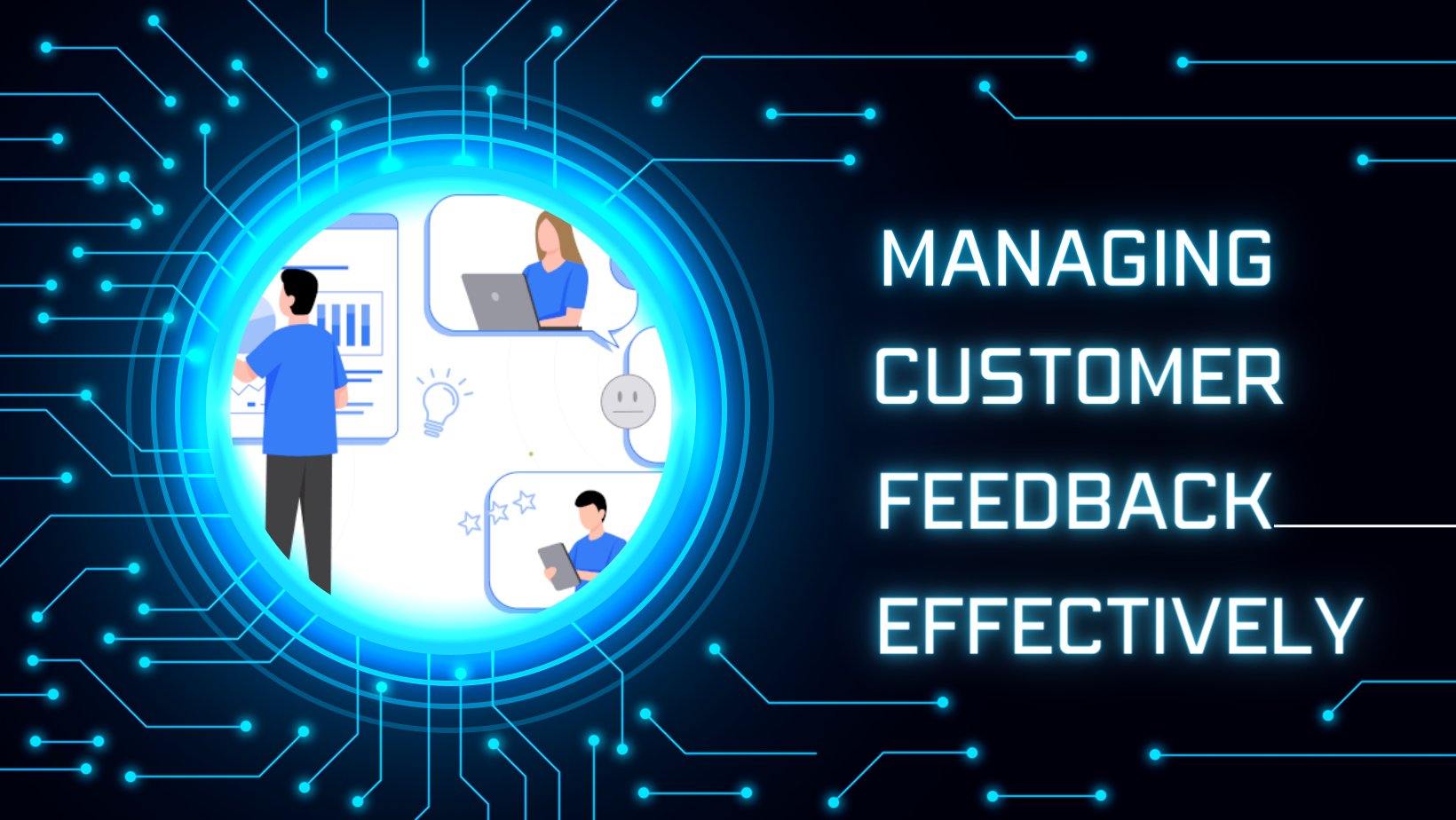Managing customer feedback effectively can unlock many invaluable insights for your business. It is vital that you develop a plan for collecting and analyzing feedback so it can inform product decisions.
Customers offer invaluable input through comments on social media, feedback widgets on websites or support tickets – it is critical to collect this feedback at key touchpoints throughout the customer journey.
1. Collecting Feedback
One of the first steps in managing customer feedback is collecting it. There are various means by which this can be accomplished, including direct interactions with customer support agents, long-form surveys and feedback forms, social media channels and more. When deciding on a method for collecting feedback, start by determining what kind of feedback you want and who from. This will help design an experience around collecting it as well as set goals and restrictions to select an ideal tool that meets all your requirements.
Feedback management begins by collecting the appropriate kind of feedback, while making it simple for customers to provide it. Effective customer feedback programs enable feedback collection on customers’ terms at any time and place, be it through in-product forms or email surveys.
Once feedback has been compiled, it’s essential that it can be easily and quickly utilized. This can be accomplished manually by entering each piece of feedback into a spreadsheet and creating a Pivot Table or V-Lookup; or automatically using tools that categorize feedback using smart tags assigned per individual comment or response – such as FeedBear’s idea board approach which enables you to sort and filter comments quickly while eliminating duplicate entries or merging similar ones.
2. Analyzing Feedback
Feedback collection can become dauntingly tedious if it becomes overwhelming, which is why it is crucial that businesses take time to understand customer comments properly; otherwise they risk unheard voices and ineffective product modifications.
One of the key steps in this process is categorizing feedback. This involves organizing it into broad categories like “speed of service” or “accuracy”. You may further break these categories down to uncover specific issues (e.g. “payment issue – PayPal isn’t working”). A hierarchical tagging taxonomy can help structure feedback analysis at a more granular level and make it easier to detect patterns.
Once you’ve compiled your feedback categories, the next step should be prioritization. This can be accomplished by comparing impact and implementation effort requirements against importance for each problem and problem category – this will provide you with a clear picture of which issues are the most pressing for customers and teams alike.
Companies operating under subscription models might decide to prioritize subscriber-facing teams so they can respond swiftly and appropriately to subscribers’ feedback on issues like pricing and product quality, while other organizations might use channels as an effective way of routing issues to the appropriate teams.
3. Prioritizing Feedback
Management of customer feedback can be a complex endeavor. Stakeholders come from varied backgrounds with diverse interests, priorities and expertise. To keep everyone aligned and on the same page, create a stakeholder map or feedback matrix as a visual aid to categorize stakeholders based on influence and interest – helping you focus your efforts on those most essential groups.
Prioritize feedback according to its impactful impact and implementation effort required. A request that will improve user experience could be prioritized as high-value but low effort; on the other hand, something which may cause outages or costs increases should be treated more seriously and prioritized accordingly.
Consider how the feedback will have an effect on both your business and customers in the long run. For instance, if customers report that one of your product features is malfunctioning badly, you might decide to postpone its release until this issue can be rectified.
Don’t forget to communicate your decision-making criteria to your team – this will ensure everyone is on the same page and understands each decision’s rationale. Using tools such as Savio can make this process simpler by labeling and organizing feedback according to key decision criteria so your team can quickly find what they need quickly and easily.
4. Responding to Feedback
Customer feedback management involves an intricate process of collecting, categorizing, prioritizing, and analyzing insights and information gathered by customers and employees alike in order to enhance products and services.
Negative feedback can be hard to deal with, yet it is essential that we avoid reacting emotionally or taking things personally. Remind yourself that this opinion belongs to only one person based on past experiences or even stereotypes, while remembering that feedback provides an opportunity to strengthen professional relationships. If the criticism feels unfair, consider consulting another trusted colleague for their input; they might offer unique perspectives or help you see positive aspects in it.
By taking the time to address issues and correct mistakes, you’ll be able to prevent customers from leaving and foster loyalty among your clientele. After all, as the old adage goes: “you can lead a horse to water, but you can’t make it drink.”
Companies must implement a strong feedback management strategy. By actively collecting and acting upon customer feedback, businesses can increase the chance of upselling and cross-selling customers – leading to higher revenues and customer retention rates. By improving product quality and user experience, companies can increase customer satisfaction levels and drive a higher level of engagement from their audience.

